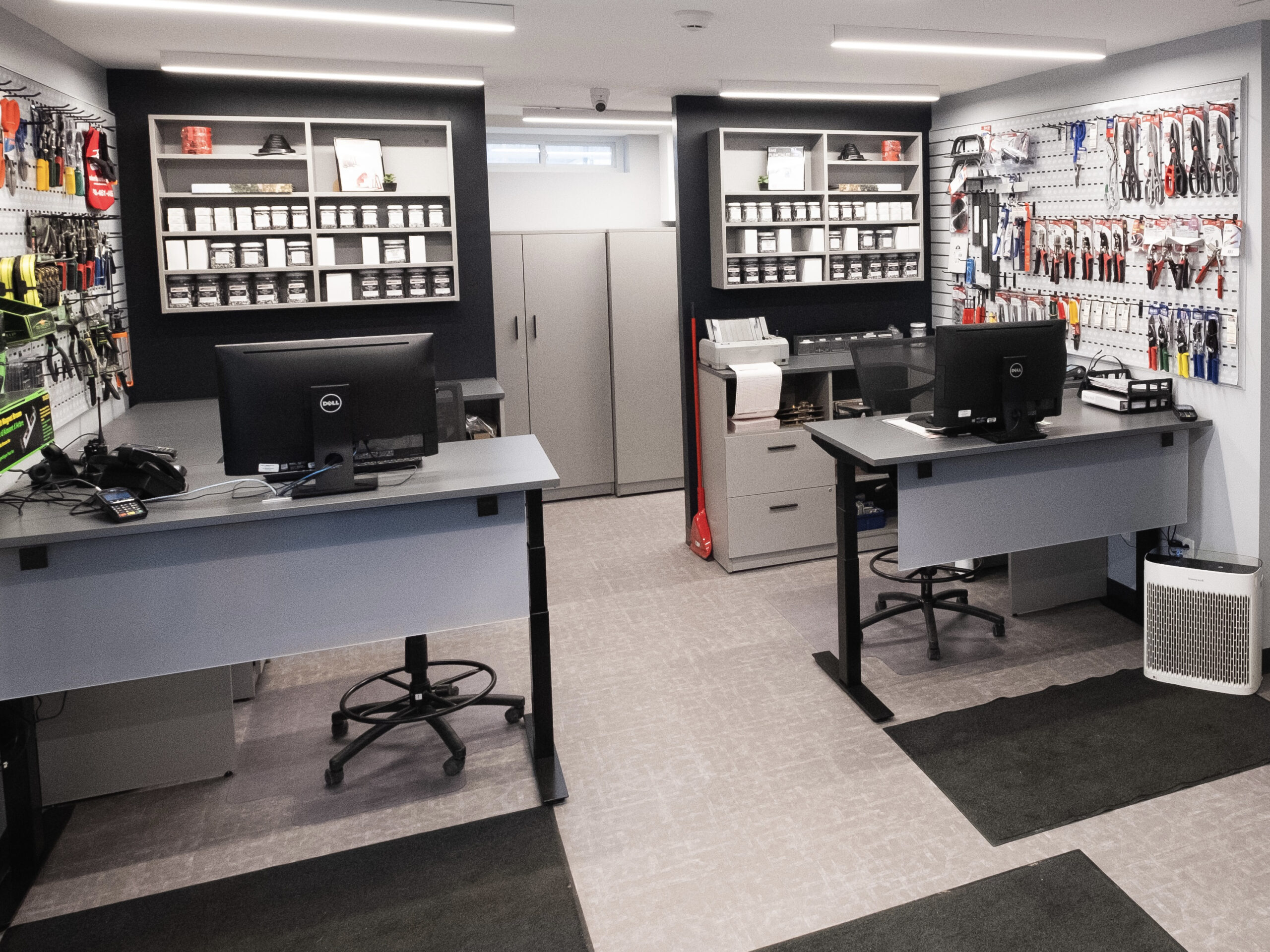In today’s multifaceted organizational landscape, understanding the unique requirements of different departments is vital for effective design. By tailoring solutions to each department’s specific needs, organizations can enhance productivity, collaboration, and overall efficiency.
Understanding Departmental Functions
Identifying core functions is essential for effective design.
Each department within an organization has distinct functions and objectives that inform their design needs. For instance, the marketing department may require tools for campaign analytics, whereas the finance department may prioritize budget tracking systems. Therefore, a comprehensive understanding of these core functions allows designers to create solutions that are not only relevant but also enhance the workflow specific to each department. Engaging with department heads to discuss their objectives can provide valuable insights that guide the design process.
Incorporating User Feedback
Gathering feedback from departmental users ensures designs meet practical needs.
User feedback is a critical aspect of designing effective tools and processes. Engaging department members in surveys, focus groups, or interviews can yield insightful perspectives on what features are most useful or necessary. This collaborative approach not only leads to more user-friendly designs but also fosters a sense of ownership and acceptance among employees. Implementing feedback loops where users can continually share their experiences post-implementation can further optimize and enhance designs over time.
Flexibility in Design
Design flexibility allows for adaptation to evolving departmental needs.
As organizations grow and change, so do the needs of their departments. Designing systems that can be easily adapted helps meet these shifting requirements without necessitating a complete redesign. For example, modular software applications that allow departments to customize features cater to their specific tasks while remaining scalable. This flexibility not only saves time and resources in the long run but also ensures that the design continues to align with the department’s objectives as they evolve.
Collaboration Between Departments
Cross-departmental collaboration can lead to more holistic design solutions.
Encouraging collaboration across departments during the design process can promote more cohesive solutions that benefit multiple stakeholders. For instance, sales and customer service teams might work together on a unified customer relationship management (CRM) system that addresses both sales tracking and support needs. By fostering a collaborative environment, organizations can uncover synergies and create integrated solutions that enhance communication and efficiency across departments.
Utilizing Technology
Leveraging technology can streamline processes and support unique departmental needs.
Incorporating relevant technological tools into the design process is crucial for meeting departmental needs. Automation software, project management tools, and data analytics platforms can empower departments to function more effectively. For instance, using data visualization tools can help marketing teams derive insights from complex datasets, while finance departments might benefit from advanced budgeting software. Selecting the right technology based on departmental functions can greatly improve operational efficiency and output.
Ensuring Training and Support
Adequate training and support are necessary for successful implementation.
Even the best-designed solutions can fail without the proper training and support for users. It is essential to provide comprehensive training sessions tailored to each department’s needs, ensuring that employees are confident in using new tools and processes. Additionally, establishing a support systemsuch as help desks or resource centrescan assist users in overcoming challenges they may encounter. By prioritizing training and support, organizations can maximize the effectiveness of their designs.
Evaluating Design Effectiveness
Regular evaluations are key to assessing the effectiveness of design solutions.
To ensure that designs continue to meet departmental needs, ongoing evaluations and assessments should be conducted. Metrics such as user satisfaction, task completion rates, and overall productivity can provide insights into how well the designs are functioning. Collecting this data on a regular basis allows organizations to identify areas for improvement and make necessary adjustments proactively. This iterative evaluation process is essential for maintaining relevance and enhancing user experience over time.
By understanding and addressing the unique needs of diverse departments, organizations can create tailored design solutions that lead to improved efficiency and satisfaction. Ongoing communication, feedback, and evaluation are essential components of this process, ensuring that designs remain aligned with departmental objectives.

